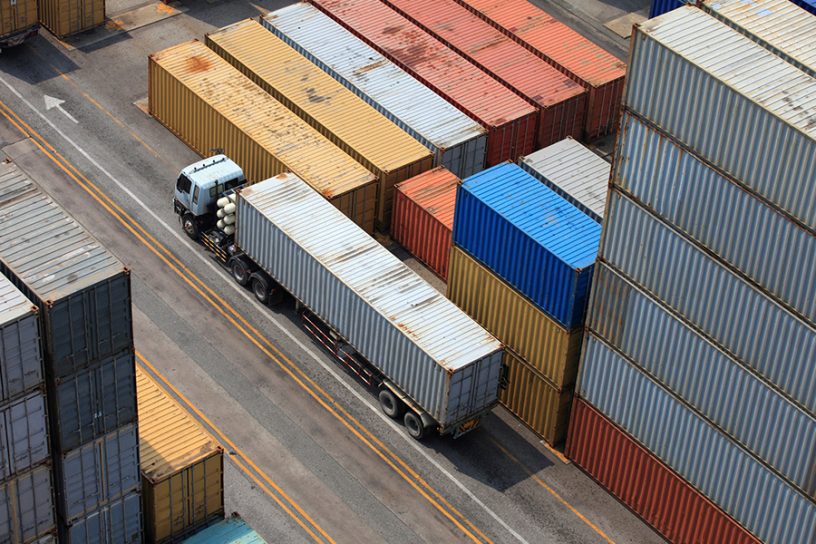
The researchers argue that there is an immediate need to build new business models for enhanced adaptation and execution of the Physical Internet strategy, and we urge business managers, academics, and regulators to consider it.
Authors
Ashutosh Samadhiya, Assistant Professor, Jindal Global Business School, O.P. Jindal Global University, Sonipat, Haryana, India.
Rajat Agrawal, Jindal Global Business School, O.P. Jindal Global University, Sonipat, Haryana, India; Department of Management Studies, Indian Institute of Technology Roorkee, Roorkee, India.
Anil Kumar, Guildhall School of Business and Law, London Metropolitan University, London, N7 8DB, United Kingdom.
Jose Arturo Garza-Reyes, Centre for Supply Chain Improvement, The University of Derby, Kedleston Road Campus, Derby DE22 1GB, United Kingdom.
Summary
The operations of other businesses rely heavily on the logistics sector, making logistics the most crucial industry. There are multiple issues available in the existing logistics sector including the lack of logistics optimization and unsustainability operations. To deal with these issues, the concept of the Physical Internet (PI) has arisen. For this reason, the current study conducts a comprehensive literature review to determine how PI has emerged within the logistics sector to improve its condition.
In this research, we present a comprehensive and in-depth analysis of the present situation of the PI in the logistics literature by conducting a systematic review of 114 publications published in 39 top journals on the topic between 2007 and 2022. This paper makes three significant contributions to the existing literature using such an analysis. To begin with, it provides an overarching context for the part played by the PI in the overall logistics industry. Second, it provides a road layout of the breadth and depth of the research on PI and the overall logistics, including the approaches taken by researchers, regions covered, sectors examined, and theoretical stances taken by those who have explored the topic thus far.
Finally, it addresses the conclusions based on the different clusters discovered and the issues of existing logistics systems along with the moderators of influencing the PI and its outcomes. Given the rising significance of PI and channels for sustainability in the logistics sector, this is the first time that an effort has been made to investigate the function of the PI within the context of overall logistics performance.
The paper identifies crucial gaps in research and brings to light different factors that have the potential to shed light on this essential subject. Furthermore, we argue that there is an immediate need to build new business models for enhanced adaptation and execution of the PI strategy, and we urge business managers, academics, and regulators to consider it. In addition, we advocate that professionals scrutinize ways in which the PI approach may be applied to the existing business structures.
Published in: Computers & Industrial Engineering
To read the full article, please click here.


